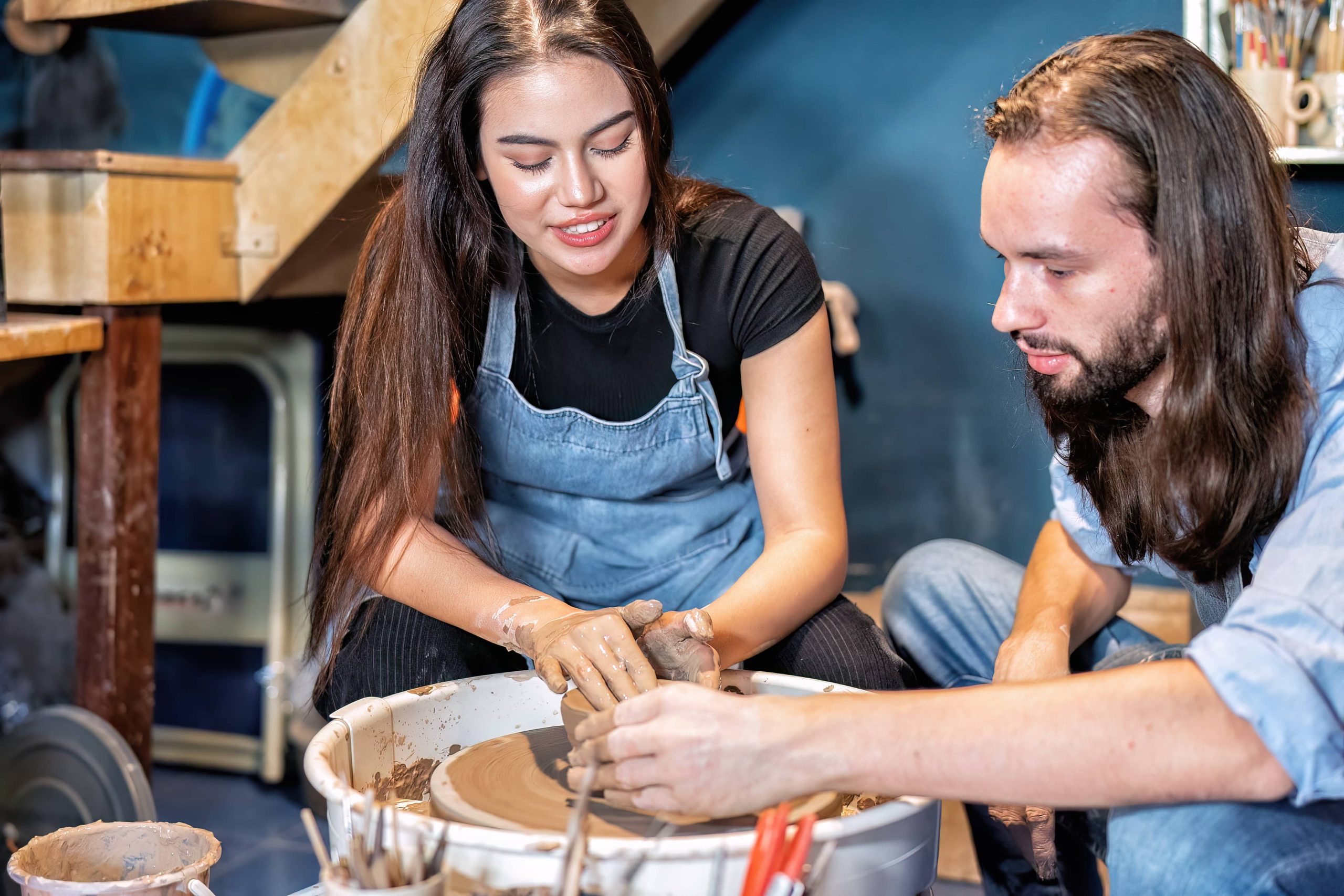
As the vibrant colors of fall merge into the warm hues of Thanksgiving, it’s time to prepare for the beloved holiday that celebrates gratitude, family, and delicious seasonal fare. Every Thanksgiving table deserves a centerpiece, which is both a reflection of the warmth of the season and an opportunity to showcase creativity. Instead of purchasing a traditional turkey or cornucopia centerpiece from a store, why not make this year’s table decoration special by creating a DIY Thanksgiving turkey centerpiece? Not only will it add a unique touch to your dining experience, but it also provides a fun project that can involve friends and family.
Here’s how you can craft your own Thanksgiving turkey centerpiece with simple materials, most of which you might already have at home.
Materials Needed:
1. Pinecones or Styrofoam Ball – This will serve as the base or body of your turkey.
2. Feathers or Colored Construction Paper – For the turkey’s feathers, you can either use natural feathers or cut out feather shapes from colored paper.
3. Googly Eyes – These add a playful touch to your turkey.
4. Pipe Cleaners – Ideal for creating the turkey’s head, neck, and legs.
5. Paints and Brushes – Great for adding color to your turkey.
6. Hot Glue Gun – To secure all parts together.
7. A small piece of red felt or fabric – To create the wattle of the turkey.
8. Natural elements like acorns, twigs, or small pumpkins – To enhance the look of your centerpiece and tie in autumn elements.
Step-by-Step Instructions:
Step 1: Creating the Turkey Body
Start with the body of your turkey. If you’re using a pinecone, use it as is, positioning it horizontally so that the broader end faces the back. If you choose a Styrofoam ball, consider painting it brown to mimic the classic turkey look. This body will serve as the core to which you will attach the rest of your turkey’s features.
Step 2: Adding the Feathers
For turkey feathers, you have several options. Natural or dyed craft feathers provide an attractive, textured look. Alternatively, you can cut feathers out of colored construction paper. Classic autumn colors such as reds, yellows, and oranges are effective in making the feathers visually appealing and seasonally appropriate. Attach these feathers to the back side of the body using a hot glue gun, layering them to give fullness to the tail.
Step 3: Constructing the Head and Neck
Create the turkey’s head and neck using pipe cleaners. Twist a couple of pipe cleaners together for thickness and bend them to mimic the curve of a turkey’s neck. Attach a small ball of Styrofoam or a round pom-pom at the top to serve as the head. This can then be painted brown or orange. Once dry, glue the head and neck onto the narrow end of the pinecone or Styrofoam ball.
Step 4: Attaching the Eyes and Beak
Place googly eyes onto the head of your turkey for a whimsical touch. For the beak, cut a small triangle out of orange construction paper or paint a small piece of Styrofoam. Attach this below the eyes. You can also add a gizzard by cutting a small strip of red felt or fabric and gluing it near the beak.
Step 5: Constructing the Legs
Cut additional pieces of pipe cleaner for the legs. These can be bent at the end to resemble claws and then glued to the bottom of the turkey’s body. Depending on your preference, these legs can either be straight to give a perched appearance or bent outward to imply a standing turkey.
Step 6: Adding a Touch of Nature
Surround your DIY turkey with natural elements, like small pumpkins, gourds, acorns, or autumn leaves. You can arrange these items at the base of your turkey to emulate the look of the forest floor or create a small “nest” out of twigs and dried moss to place your turkey within it. This natural embellishment doesn’t just enhance the look of your centerpiece but also ties in the Thanksgiving tradition of celebrating the harvest.
Step 7: Final Touches
Inspect the centerpiece once more, ensuring that all components are secure. Feel free to make any additional decorations, such as painting stripes or dots on the feathers to enhance the visual appeal. If your turkey is especially colorful, consider placing it on a more neutral tablecloth to avoid clashing; whereas if it’s made with subdued earth tones, a vibrant runner beneath it can help it stand out.
Conclusion
Creating this DIY Thanksgiving turkey centerpiece is not just about making a beautiful table decoration; it’s about embracing creativity and spending time preparing for one of the most heartfelt holidays of the year. It’s an activity that can engage everyone — from kids eager to craft to adults looking to unwind with a fun and interactive project.
Moreover, this turkey centerpiece is a lovely reminder of the nourishment and joy that Thanksgiving represents. Its handmade charm is certain to be a conversation starter and will surely evoke smiles from your guests, making your Thanksgiving gathering even more special.
In crafting this centerpiece, we take part in a cultural tradition, blending modern creativity with the timeless themes of gratitude and abundance. Happy Thanksgiving crafting!

